1. Bhutan
A dozen nations vie for the title of real-life Shangri-La, but Bhutan’s
claim has more clout than most. This tiny piece of Himalayan paradise
operates a strict ‘high-value, low-impact’ tourism policy, compelling
travelers to pay a high daily fee just to set foot in its pine-scented,
monastery-crowned hills. The pay-off for visitors is a chance to walk
along mountain trails unsullied by litter, in the company of people
whose Buddhist beliefs put them uniquely in tune with their environment.
Bhutan punches well above its weight when it comes to sustainability. It
is already the world’s only carbon-negative country, and the kingdom is
set to become the first fully organic nation by 2020, so it’s only going
to get more beautiful. And with the daily fee, it won’t be getting any
more crowded.

2. England
Once the country’s first line of defence against invaders,
the English coastline these days is a peaceful place where
locals and visitors can enjoy more tranquil pursuits. Taking
a bracing walk on a windswept pier, eating delicious fish
and chips, searching for marine life in rockpools, finding
fossils in ancient cliffs, building sandcastles and
dolphin-spotting on picturesque beaches are just some of the
activities offered by the English seaside. In 2020,
indulging in these activities and more will be a whole lot
easier as new sections of the England Coast Path continue to
open. Once complete, at almost 3000 miles, the path will be
the longest continuous trail of its kind in the world,
granting access to the country’s entire coastline for the
first time.
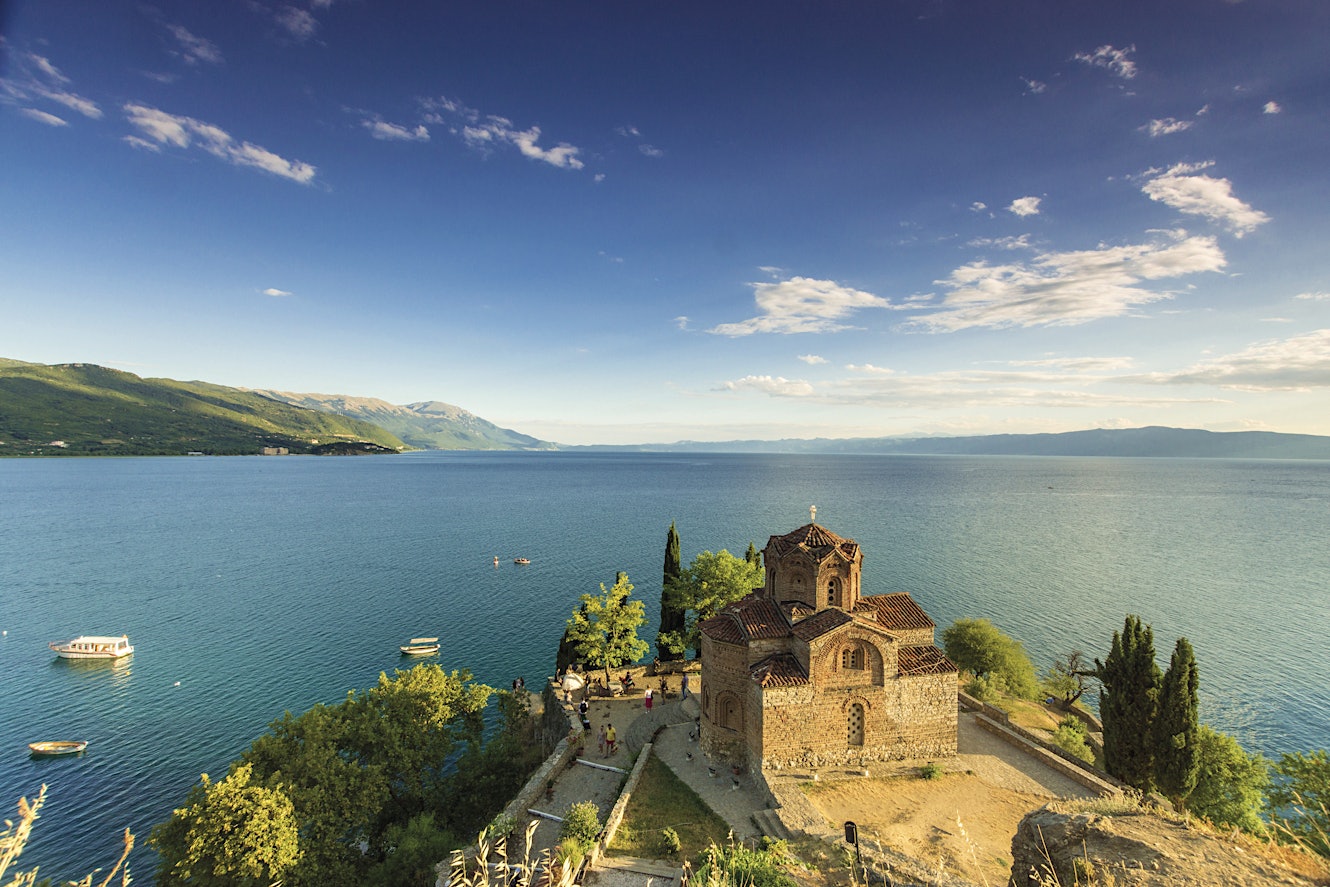
3. North Macedonia
‘Best of’ travel lists brim with anniversaries and airport
openings. Rare is the opportunity to celebrate the
rebranding of a country. Such is the case for North
Macedonia – a place most known simply as Macedonia – which
claimed a fresh moniker after decades of political debate
with bordering Greece. The agreement, signed in 2018,
provided a feel-good moment of neighbourly love and a
revamped international image for the tiny nation in the
heart of the Balkans. It’s already renowned for gastronomy,
ancient tradition and nature, but culture junkies and
adventurers will find new excuses to visit in 2020 with the
addition of flight routes to Unesco-protected Lake Ohrid and
the recently launched High Scardus Trail, a 495km trek along
the region’s most dramatic peaks.
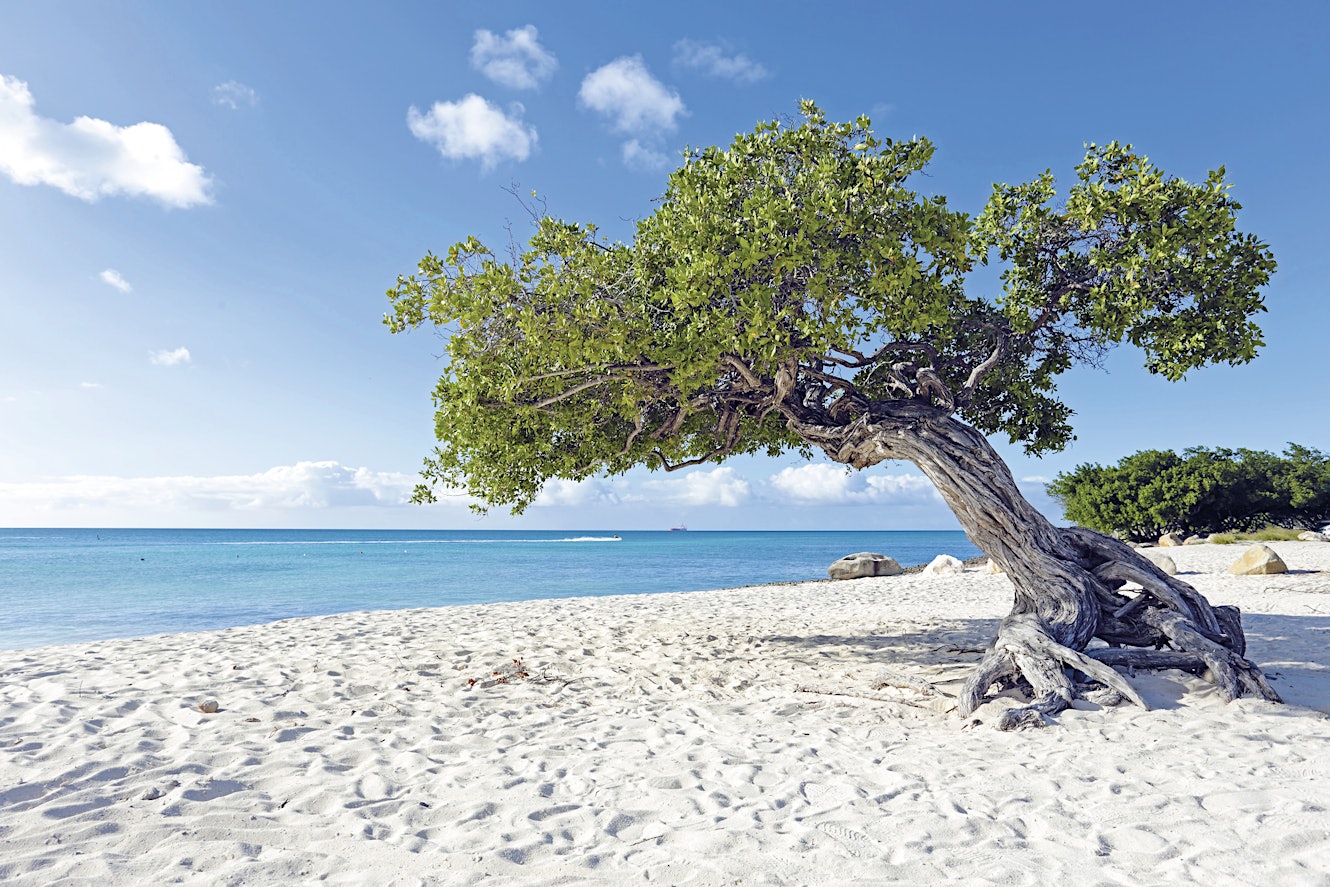
4. Aruba
In Aruba’s south, the cultural hub of San Nicolas, known as
Sunrise City, is relishing a colourful and creative revival,
with international and local artists adorning street walls
and pop-up carnival experiences extending the happy vibes
beyond the annual festivities. Equally important and worth
celebrating are the country’s ambitious sustainability
efforts. Aruba has offered the island to be a testing hub
for other countries’ renewable energy solutions and is
working to implement a ban on all single-use plastics and
reef-destroying sunscreens in 2020. With a flurry of new
home-sharing accommodation and experiences on offer, an
authentic, more affordable, and sustainable Aruba awaits
among its palm-fringed and pristine beaches.

5. Swatini (Swaziland)
Petite, pleasant and packed with culture, adventure and
legendary wildlife, the newly named Kingdom of eSwatini
(formerly Swaziland) is one of Southern Africa’s most
underrated (and least visited) destinations. A new
international airport, as well as improved road
infrastructure between it, conservation areas and the
capital, are aimed to increase visitor numbers in the years
ahead – get here in 2020 to ensure yourself a front seat.
The varied landscapes within its parks and reserves provide
one exciting revelation after another, whether it’s zip
lining, trekking, whitewater rafting or mind-blowing rhino
encounters. Mix in a pervading sense of peace and
enthralling cultural festivities and you’ll be smiling all
the way home.
Nsangwini Rock Art Shelter
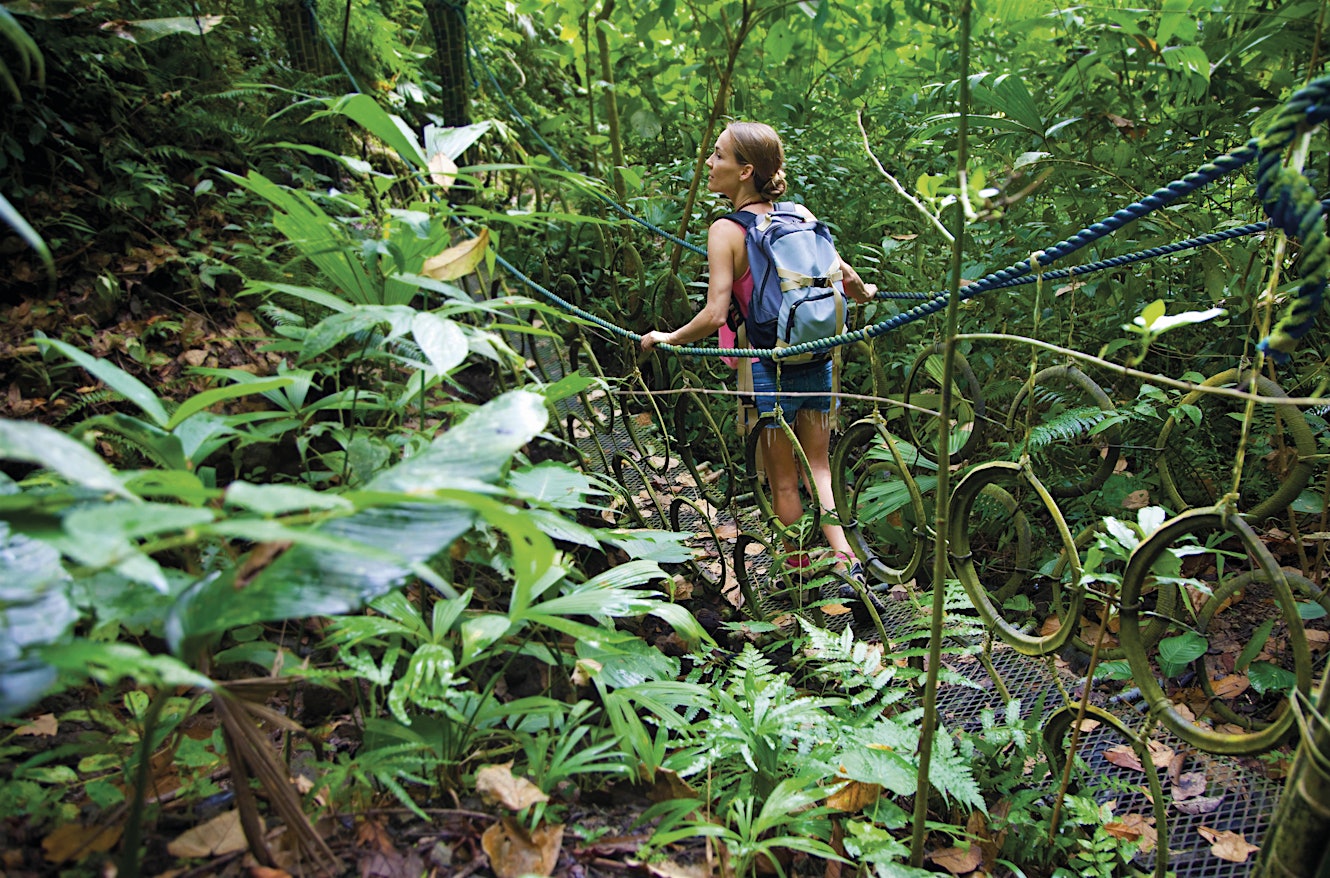
6. Costa Rica
Costa Rica flies the flag for sustainable tourism. This
small country’s vast biodiversity attracts visitors keen to
spot sleepy sloths in trees, red-eyed frogs paralysing their
predators, and whales in the Pacific. Costa Ricans
understand the importance of preserving their slice of
tropical paradise and have found a way to invite others in
while living in harmony with their neighbours – from
leafcutter ants to jaguars. Ninety percent of the country’s
energy is created by renewable sources, and it could become
one of the first carbon-neutral countries in 2020. Adventure
lovers can hike volcanoes or ride a zip line, while those
craving ‘me time’ can enjoy yoga retreats and spa
experiences. The catchphrase pura vida (pure life) is
more than a saying, it’s a way of life.

7. The Netherlands
In the year that marks 75 years of freedom since the end of
WWII, the Netherlands is ready to celebrate with events
across the country. Vibrant Amsterdam always deserves a
visit, but by making use of the excellent train network you
can explore a host of celebrations in stunning cities and
get more bang for your euros. April and May are the months
to visit, as you can take in King's Day, Liberation Day and
the Eurovision Song Contest, which will be hosted in the
country this year. Set out on the ever-growing network of
over 35,000km of cycling paths to explore attractions beyond
the cities, such as Unesco World Heritage Site the Wadden
Sea, and discover the wealth of nature that this tiny
country has to offer.
Hoge Veluwe National Park

8. Liberia
For most outsiders, Liberia is a bit of a mystery. But those
in the know wax lyrical about the optimism of its people and
the country’s natural wonders. There are idyllic beaches,
washed by some of West Africa’s best surf at low-key resorts
such as Robertsport. Then there’s Sapo National Park, the
second-largest area of primary rainforest in West Africa. In
these dense forests, you stand a chance of running into
chimpanzees, forest elephants and Liberia’s famous pygmy
hippos – no larger than a Shetland pony. Better still, a
groundbreaking development deal with Norway to halt all
deforestation by 2020 looks set to keep this natural
treasure safe for generations.
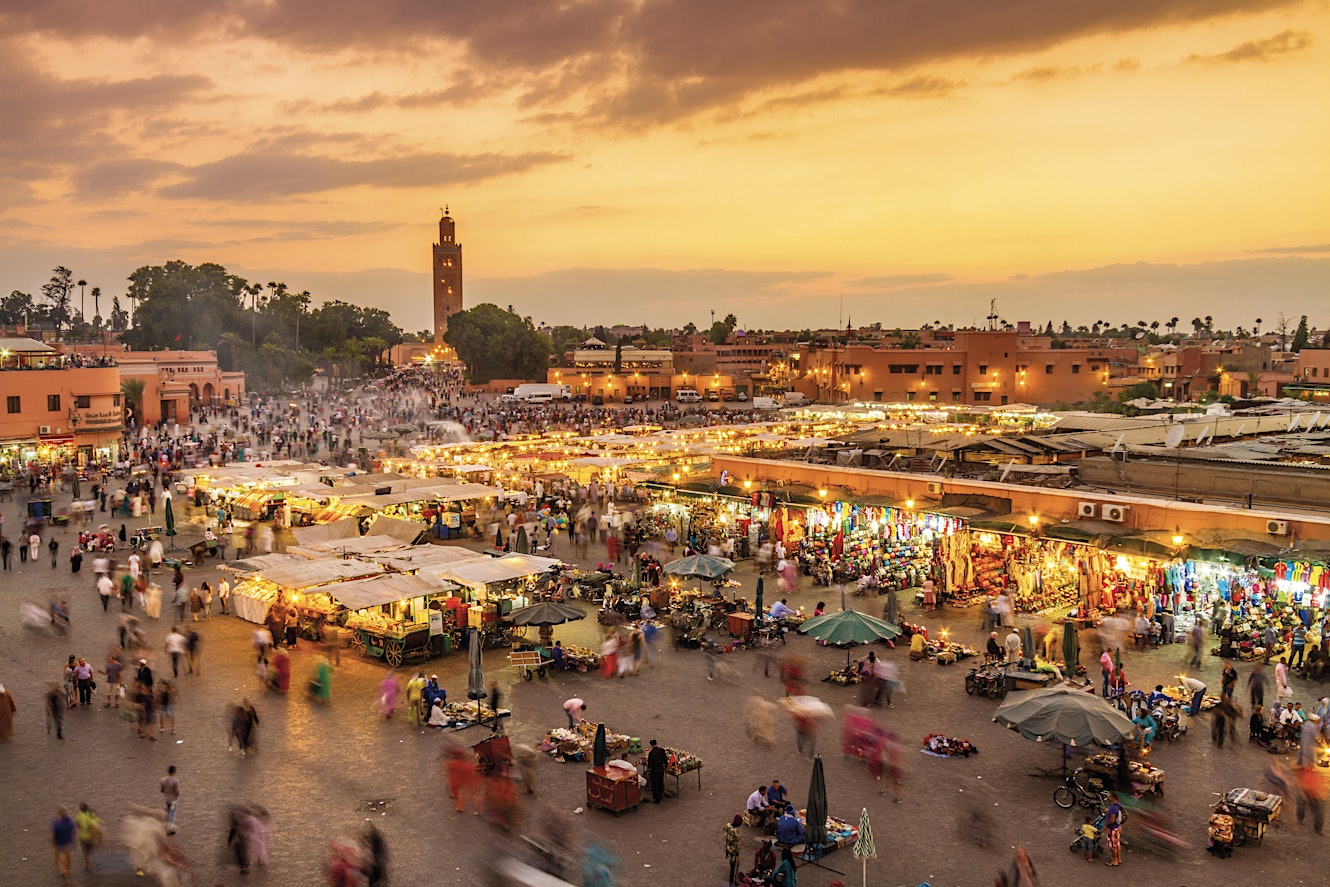
9. Morocco
Morocco is having a moment, with time-honoured attractions
complemented by sustainable-yet-stylish lodging, restaurants
serving up seasonal produce and coastal wellness retreats
mixing up yoga and surfing. And thanks to improved
infrastructure it’s easier to get around by road, while
Africa’s first high-speed train means that you can zip from
Casablanca to Tangier in just two hours. Ancient medinas are
getting a makeover in Fez, Essaouira, Meknes, Tetouan and
Marrakesh, which will be crowned Africa’s first Capital of
Culture in 2020 in celebration of its rich heritage. And you
can still escape the crowds in Berber mountain villages,
deserted Atlantic beaches and far-flung desert outposts.
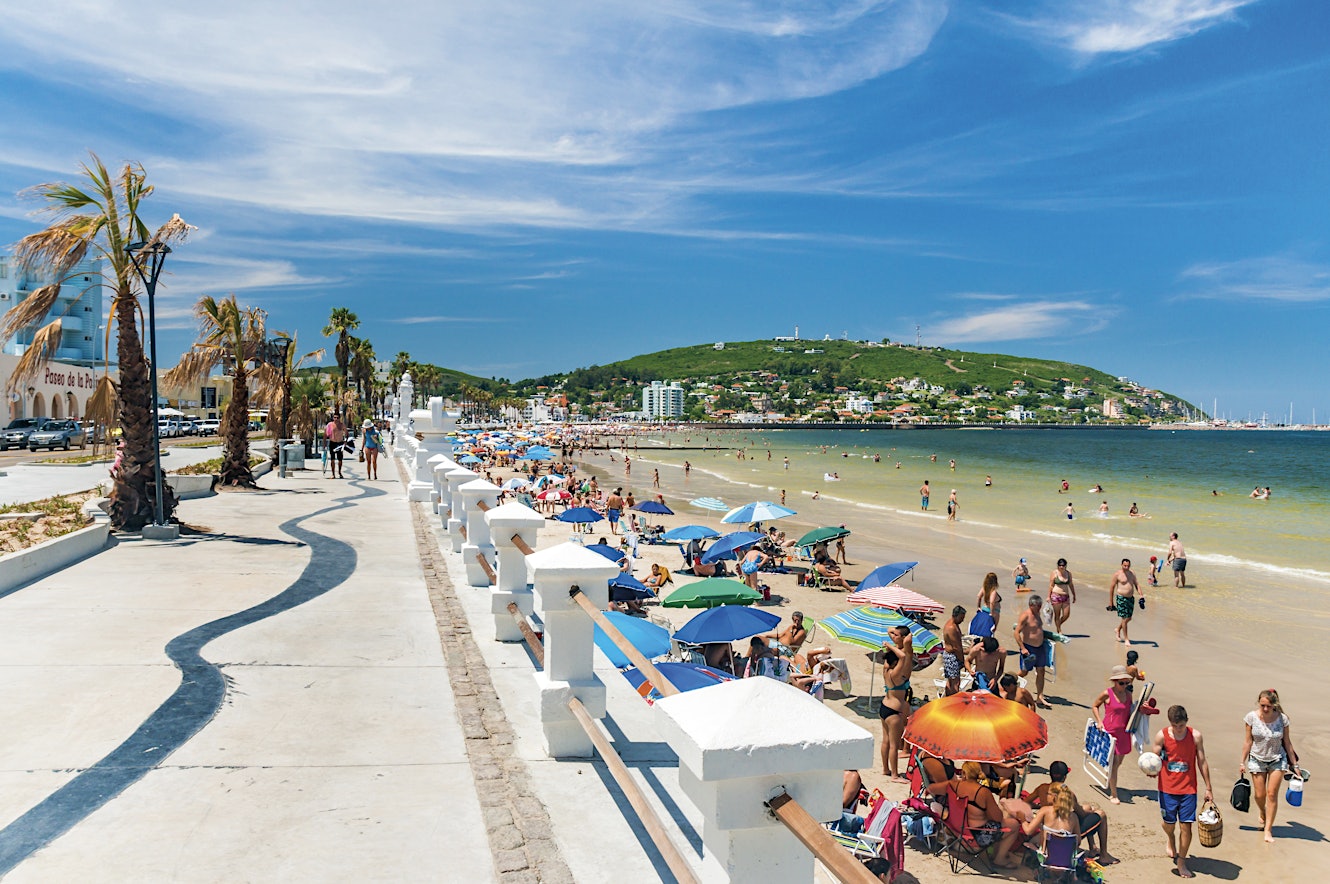
10. Uruguay
If Uruguay isn’t already on your South American bucket list, 2020 is the
perfect year to add it. With 660km of Río de la Plata and Atlantic
shoreline, a burgeoning wine industry, bubbling hot springs and endless
rolling rangelands where South America’s grandeur feels seductively
tangible, Uruguay has something for everyone. The country has also
proudly championed a progressive social agenda in recent years – from
marijuana legalisation and the open embrace of LGBTQ+ rights to the
promotion of sustainable tourism. But what visitors remember most are
Uruguay’s laid-back, welcoming and down-to-earth people and the subtle
but profound beauty of the country’s landscape – from the long, untamed
Atlantic coastline to the boundless open spaces of the lowlands.

No comments:
Post a Comment